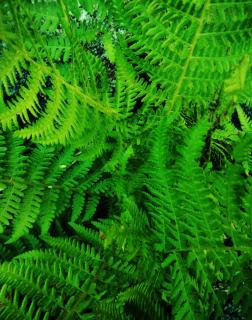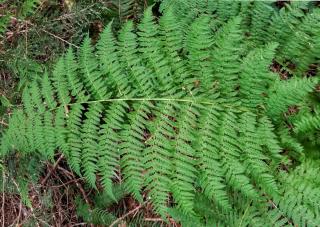

Athyrium is a cute deciduous fern, ideal to decorate a shaded corner of the garden.
Name – Athyrium filix-femina and other species
Family – Dryopteridaceae
Type – perennial
Height – 12 to 16 inches (30 to 120 cm)
Exposure – shade and part shade
Soil – ordinary
Outdoors, often in forest underbrush, it makes for very easy care and growing.
Planting is either in fall or in spring but avoid frost spells and high temperatures.
For this, use adequate potting soil mixed into your earth and pour a bed of clay pebbles along the bottom to increase drainage.
The propagation of athyrium is through crown division in spring.

Apart from this, athyrium requires practically no care or maintenance.
In summer, you might mulch the base of the plant to keep the soil moist.
In winter, the foliage will disappear, but fear not: it will start growing back in spring. Athyrium is very hardy and resists the coldest of winters.
This lady fern has the rare trait of being very comfortable in dark forest settings at the foot of trees.

Note that the darker the shade it is under, the slower its growth; but its leaves are then all the more beautiful.
Read also:
Both indoors in a pot and outdoors in the ground, avoid excessively sunny locations.
Two corrections: lady fern is not evergreen. I don’t think that any ferns in its family are.
Additionally, depending on the species, these get much larger than stated. The native Pacific Northwest variety can easily grow to 6′ tall and 4′ wide. That said, they’re great and ready to grow.
You’re right! I guess I meant it grew back after dying off, but it was misleading so I corrected the article. As for size, it absolutely depends on how much soil it has. For many who grow it indoors it luckily doesn’t grow as large as what you shared. Thanks a lot for your comment!